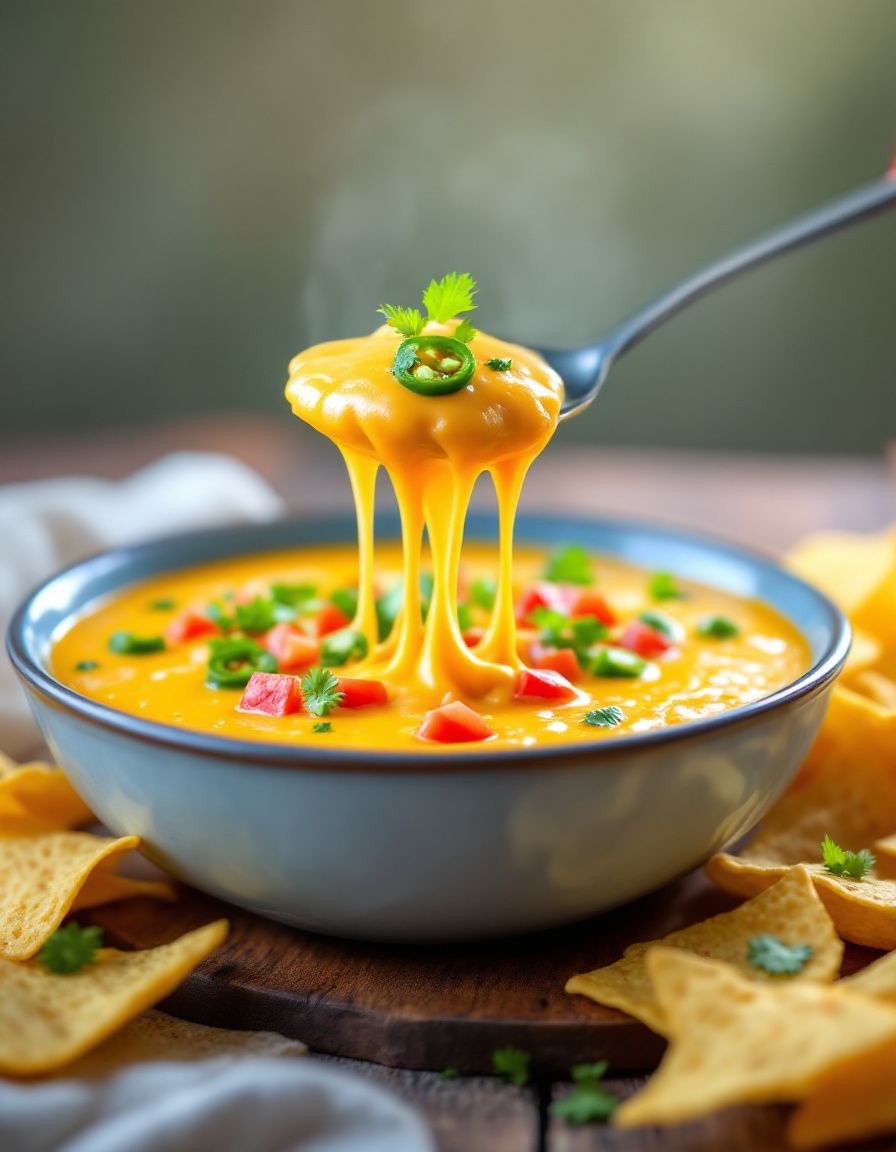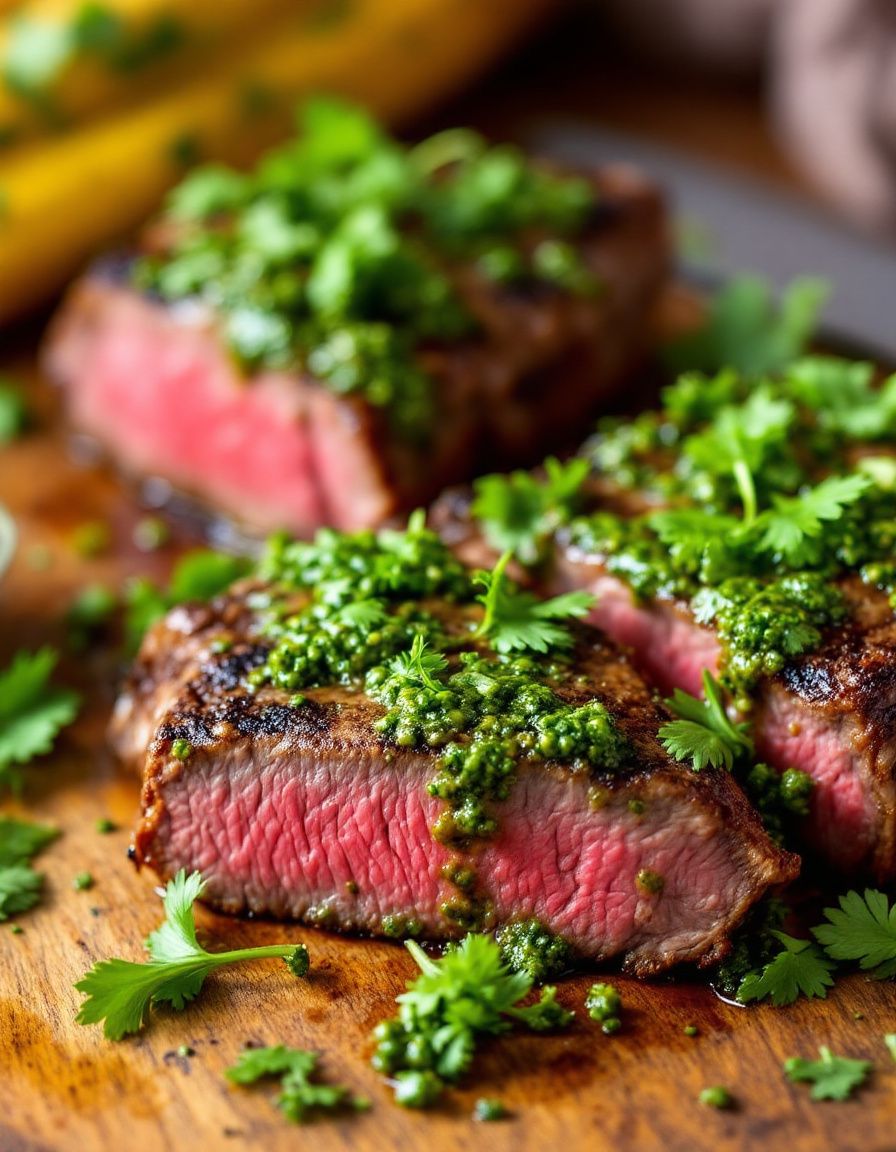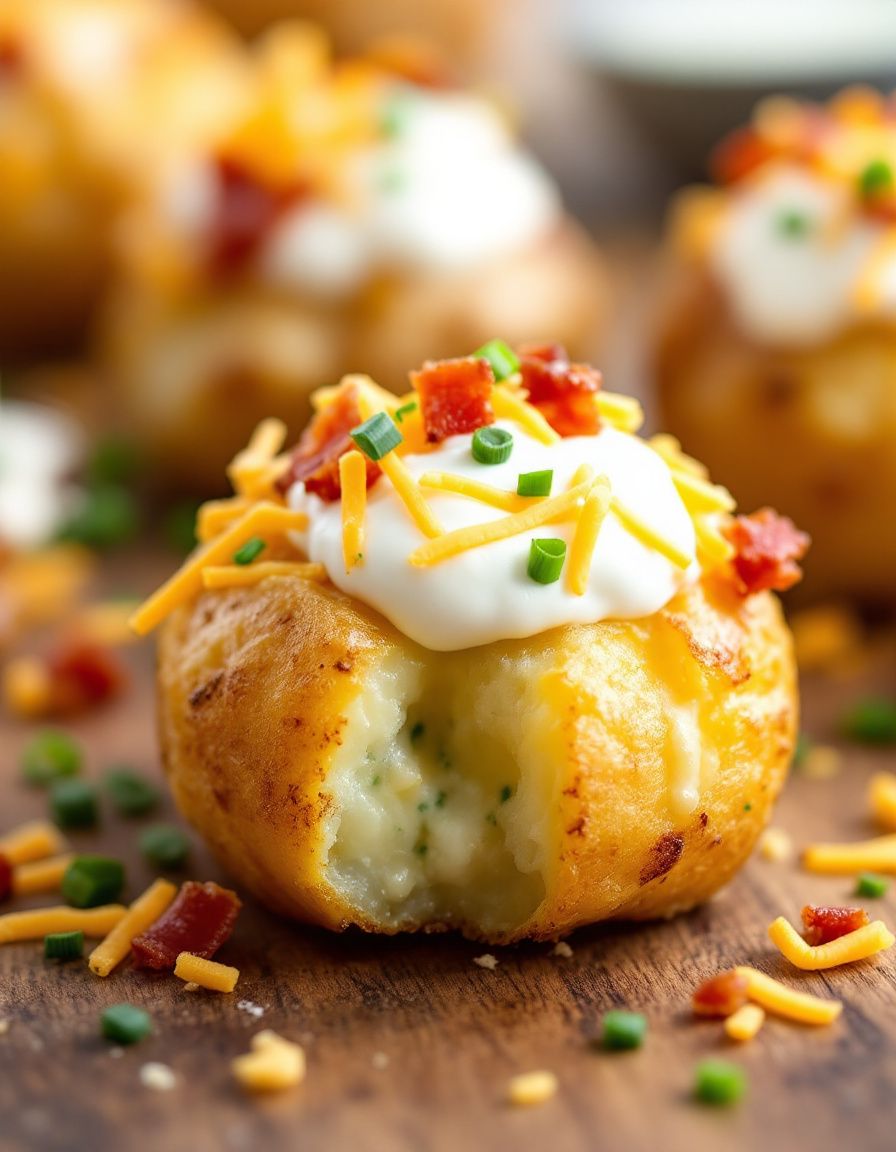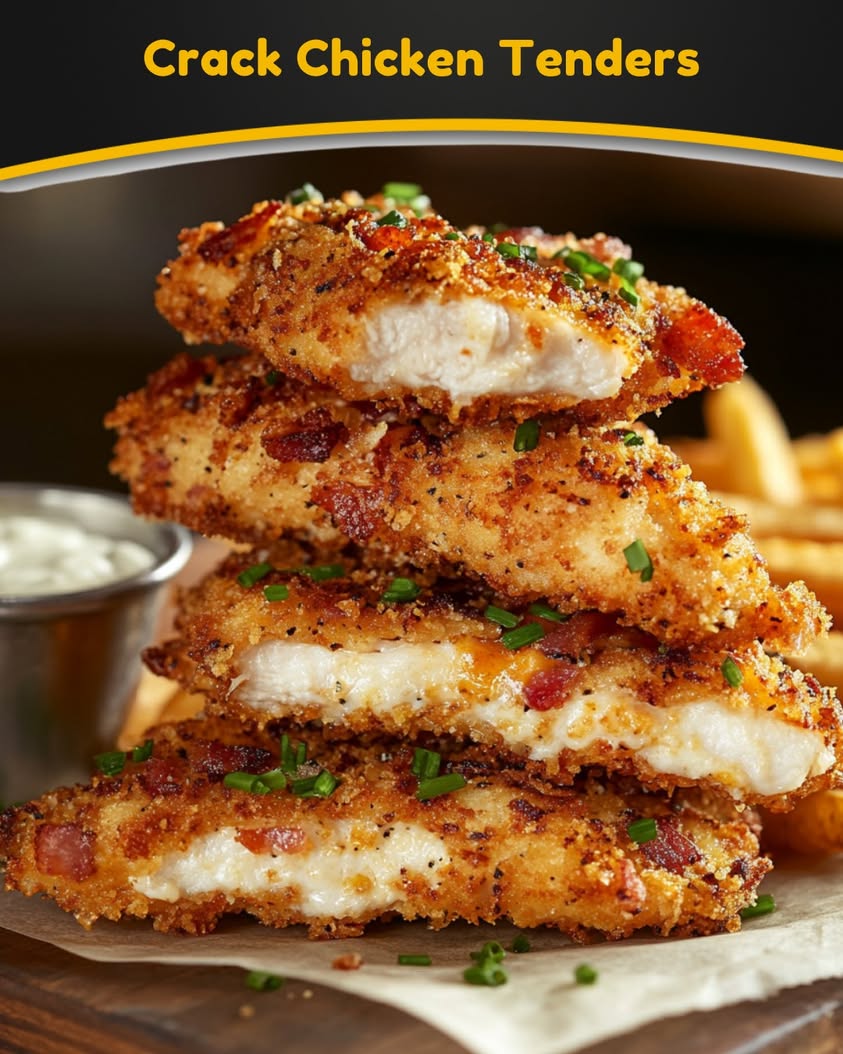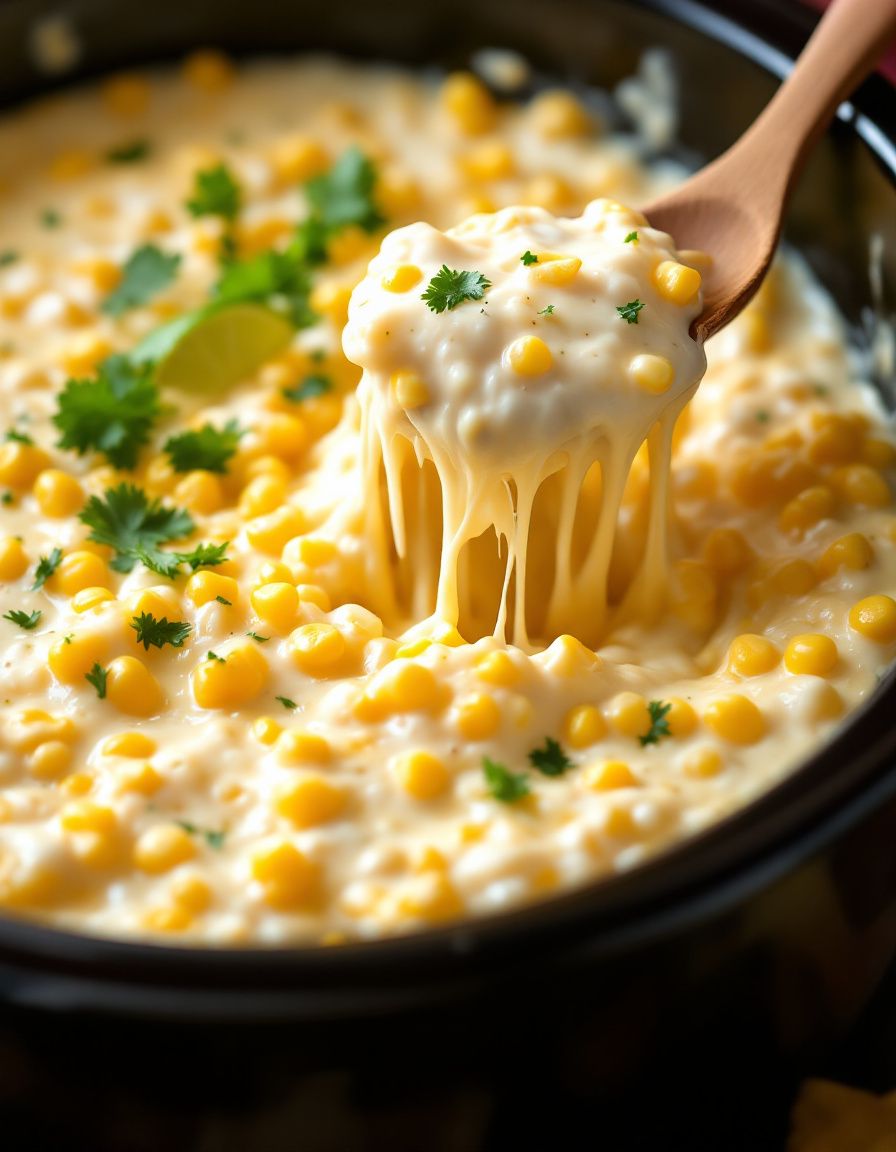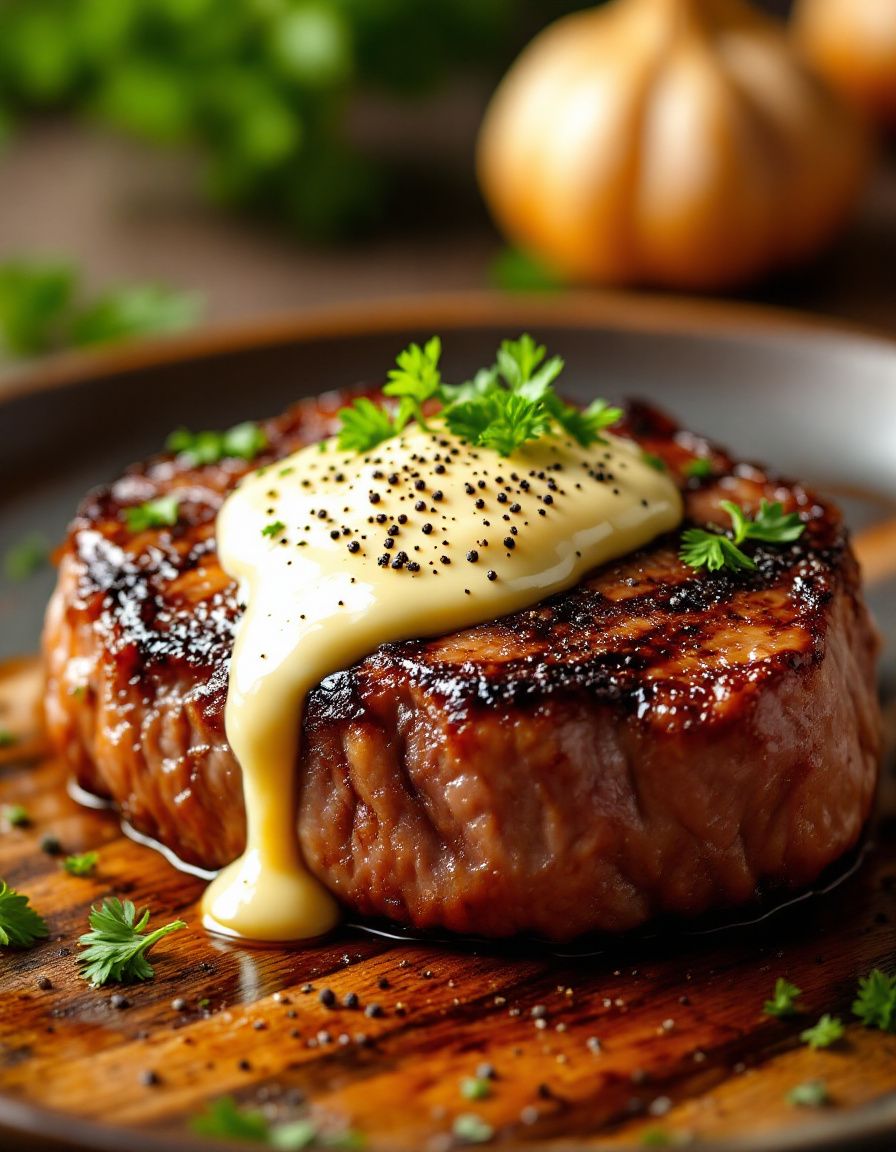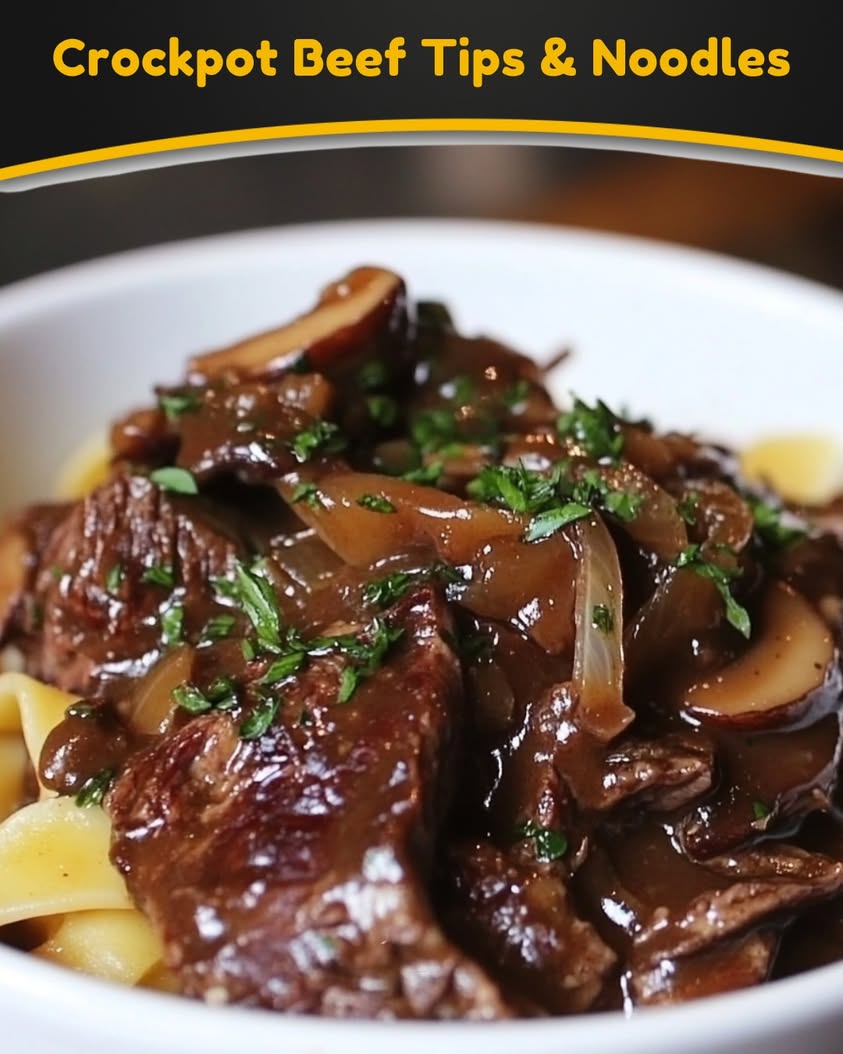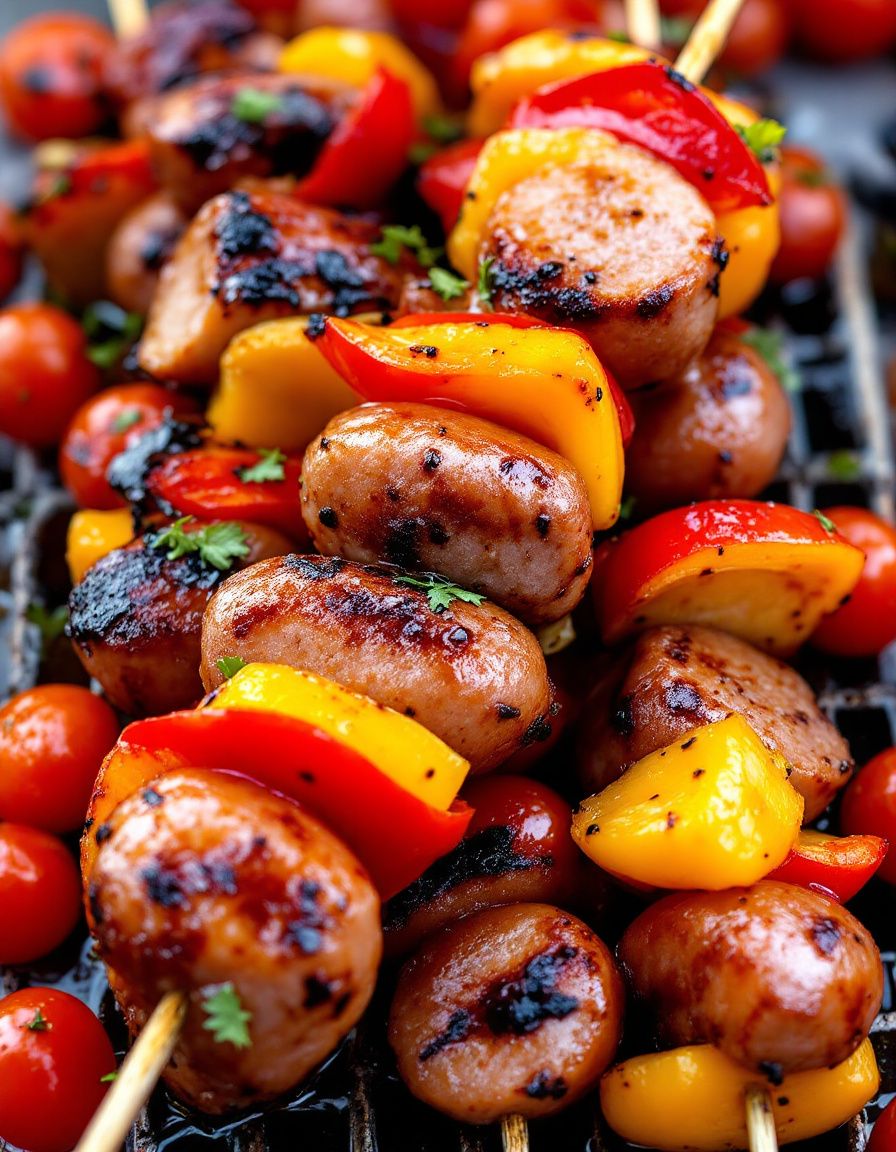Chili’s Queso Dip: The Ultimate Cheesy Indulgence
If you’re searching for the perfect cheesy indulgence that will elevate your snack game, look no further than this Chili’s Queso Dip. This rich, creamy, and incredibly flavorful dip is a crowd-pleaser, perfect for game days, parties, or even a cozy night in. With its delightful combination of melted cheese, seasonings, and tomatoes, each bite promises an explosion of savory goodness that will leave you craving more.
Chili’s Queso Dip embodies comfort and warmth. It’s the kind of dish that invites conversation and creates memories, whether shared with friends or family. Picture yourself scooping up this velvety concoction with crispy tortilla chips, the strings of cheese stretching tantalizingly with every dip. The comforting aroma wafting through your kitchen will draw everyone in, eager to partake in this irresistible treat.
Quick Recipe Highlights
- Flavor Profile: The rich, creamy base with a hint of spiciness is perfectly balanced with tangy tomatoes and spices.
- Texture: Smooth and creamy, with the perfect amount of stretch from the melted cheese, complemented by the crunch of tortilla chips.
- Aroma: The tantalizing scent of melting cheese, garlic, and spices envelops your kitchen, enticing everyone around.
- Visual Appeal: A luscious, cheesy yellow hue dotted with vibrant tomato and jalapeño pieces makes for an inviting presentation.
- Skill Level Needed: Suitable for beginners, this recipe requires minimal culinary skills to prepare a sensational dip.
- Special Equipment: A microwave-safe bowl or stovetop friendly pot is all you need to whip up this delicious queso dip.
Recipe Overview
- Difficulty Level: This recipe is classified as easy, making it accessible for cooks of all skill levels. With just a few simple steps, you can create a dip that will impress any crowd.
- Category: Perfect as an appetizer or snack, this dip fits seamlessly into game day spreads, movie nights, or casual gatherings.
- Cuisine: Inspired by Tex-Mex cuisine, this queso dip showcases the vibrant flavors and comforting nature of Mexican-inspired dishes.
- Cost: The ingredients for this queso dip are relatively inexpensive, typically costing around $10 to prepare, making it suitable for budget-friendly meals.
- Season: This dip can be enjoyed year-round, but it shines especially during the cooler months, providing warmth and comfort during gatherings.
- Occasion: Ideal for parties, potlucks, or as a delightful treat for family movie nights, it fits any occasion that calls for sharing good food.
Why You’ll Love This Recipe
This Chili’s Queso Dip is not just any ordinary dip; its taste and texture will leave a lasting impression on your palate. The combination of creamy cheese blended with spices creates a harmony that is both indulgent and satisfying. Each spoonful brings multiple layers of flavor, from buttery and rich to slightly spicy and savory, making it impossible to resist alongside some crispy tortilla chips.
Not only does this dip taste amazing, but it is also incredibly convenient to prepare. With just a few basic ingredients and minimal cooking time, you can whip up this cheesy delight in under half an hour. It’s a fantastic option for last-minute gatherings, ensuring you always have something delightful on hand to share with friends and family.
Additionally, this queso dip provides some nutritional benefits, especially if you use fresh ingredients. The tomatoes and optional jalapeños introduce vitamins and antioxidants, making this dip not just a guilty pleasure but a fun way to enjoy snacking whilst incorporating some vegetables into your diet.
The social aspect of sharing this dip cannot be understated. It serves as a centerpiece for gatherings, encouraging conversation and connection as everyone gathers around to enjoy it. Whether it’s a football game, birthday party, or simple get-together, this queso dip is sure to spark joy and laughter.
Lastly, its cost-effectiveness is a bonus; you can make a large batch without breaking the bank. Pair it with your favorite chips, and you have a sensational spread that leaves your guests asking for the recipe—and you won’t mind sharing it!
Historical Background and Cultural Significance
Chili’s Queso Dip has its roots in the vibrant Tex-Mex culinary tradition, which melds Mexican and American flavors into comforting and flavorful dishes. The word “queso” translates to ‘cheese’ in Spanish, and this dip reflects the central role cheese plays in many Mexican-inspired foods. Over the years, queso dip has become a staple appetizer in both restaurants and homes, embodying the warm hospitality known in Tex-Mex culture.
Culturally, queso dip symbolizes gatherings and celebrations. Originating in the southwestern United States, it reflects the blending of Hispanic and American culinary practices that came about during the 20th century. As people moved and communities expanded, so did the popularity of shared dishes like queso, which brought people together over good food and camaraderie.
This delightful dip has continued to evolve, with different regions adding their spin. While traditional recipes feature a simple blend of processed cheese and spices, many variations now include ingredients like meat, beans, and varied spices, bringing unique local flavors into the mix.
Today, queso dip is synonymous with the Tex-Mex dining experience. Whether ordered as a starter or served at home, the familiar appeal of this cheesy concoction bridges cultural gaps while celebrating shared moments of joy, delicious food, and community.
Ingredient Deep Dive
– Cheese: Cheese is not only the star ingredient of queso dip, but it also plays a vital cultural role as a staple in Mexican cuisine. It adds richness and texture, providing essential nutrients like calcium and protein. For the best flavor, opt for a blend of cheeses, like Velveeta for creaminess and cheddar for sharp flavor. Store cheese in a cool, dry place, and keep it tightly sealed to prevent spoilage. If you’re looking for alternatives, consider cream cheese or a vegan cheese substitute.
– Tomatoes: Fresh tomatoes or canned diced tomatoes bring acidity and balance to queso dip. They hold significant nutritional value, offering vitamins A and C, as well as potassium. When selecting tomatoes, look for vibrant color and firmness. If using canned, choose low-sodium versions for a healthier option. Store fresh tomatoes at room temperature for optimal flavor and use within a week. Diced tomatoes can be substituted with salsa for added flavor.
– Spices: Cumin, chili powder, and jalapeños give queso dip its signature zesty kick. The cultural importance of spices in cooking cannot be overstated, as they not only enhance flavor but also provide health benefits such as antioxidants. When selecting spices, look for freshness, checking expiration dates. Store spices in a cool, dark place to maintain potency. For substitutions, consider experimenting with smoked paprika or cayenne pepper for varying heat levels.
Common Mistakes to Avoid
- Using pre-shredded cheese: Pre-packaged shredded cheese contains anti-caking agents that prevent it from melting smoothly. Always opt for freshly grated cheese for the best texture and flavor.
- Overheating the mixture: Heating your dip too quickly can lead to a grainy texture. It’s best to melt cheese over low heat or in intervals, stirring frequently.
- Neglecting to season: A lack of seasoning can result in bland queso. Be sure to taste and adjust spices, adding salt and pepper to enhance the flavor profile.
- Using canned tomatoes without draining: Excess liquid from canned tomatoes can affect the dip’s consistency. Drain them well before adding to the cheese mixture.
- Skipping the starch: Adding a starch like cornstarch or flour can help stabilize the cheese dip, preventing it from becoming too runny.
- Not mixing adequately: Properly mixing ingredients is essential for an even flavor throughout the dip. Make sure to stir well and incorporate all ingredients.
- Monitoring freshness: Using spoiled cheese or vegetables can affect both taste and safety. Always check ingredients before preparing your queso dip.
- Not using a double boiler: For a smoother queso dip, melt ingredients using a double boiler to prevent direct heat from cooking the cheese too fast.
- Skipping optional add-ins: Not adding jalapeños or other desired flavor profiles can diminish the dip’s full potential. Customize to your taste for ultimate satisfaction.
- Overcooking it: Letting the dip sit too long on heat can cause it to toughen. Serve immediately for the best experience.
Essential Techniques
Melting Cheese: Mastering the art of melting cheese is crucial for achieving a smooth queso dip. Overheating can lead to a rubbery texture, so always melt on low heat or use a double boiler. Keep a watchful eye to avoid burning and stir continuously for even melting. Don’t rush this process; patience is key to achieving that perfect creaminess.
Stirring Techniques: Regular stirring is essential for incorporating all ingredients and ensuring even cooking. Use a silicone spatula to scrape the sides of your pot, which helps prevent any sticking or burning. Stir with care, as a gentle folding motion can help preserve the cheese’s delicate texture while ensuring everything blends together beautifully.
Combining Flavors: Understanding how to effectively combine flavors can elevate your queso dip. Experiment with different spices and fresh ingredients to enhance depth and character. Tasting as you go ensures that flavors meld perfectly, balancing the heat and creaminess. Don’t be afraid to adjust the recipe based on your preference, making it uniquely yours.
Pro Tips for Perfect Chili’s Queso Dip
1. Always use a combination of cheddar and processed cheese for that perfect melt and flavor balance.
2. Add diced jalapeños for an extra kick! Fresh or pickled types can add various levels of heat and flavor complexity.
3. If you prefer a smoother dip, consider blending the mixture in a food processor before serving to achieve a velvety consistency.
4. For a more authentic touch, include cooked chorizo or ground beef, seamlessly integrating protein and flavor.
5. Garnish with chopped cilantro or green onions right before serving to add freshness and color against the creamy backdrop.
6. Serve immediately after preparing. If it thickens too much as it cools, loosen it with a splash of milk or cream beforere serving.
7. For additional taste, consider adding a touch of hot sauce or diced tomatoes with green chilies for a zesty twist.
8. To make the dip ahead, prepare the base without cheese and finish spinning it together just before serving to maintain texture.
Variations and Adaptations
Chili’s Queso Dip can be easily customized to fit regional preferences. For a Southwestern flair, consider adding roasted green chiles for depth and extra flavor. If you’re a fan of creaminess, using cream cheese or sour cream can add richness while keeping the dip thick and satisfying.
During seasonal gatherings, adapt your queso dip by integrating seasonal produce like corn during harvest time, contributing sweetness and texture. For dietary modifications, you could substitute regular cheese with vegan cheese or cashew cream to cater to plant-based eaters.
Additionally, feel free to explore flavor variations by mixing in unique ingredients such as grilled bell peppers or sautéed mushrooms. For those wanting a crispy texture, top your queso with crunchy tortilla strips just before serving, adding a delightful contrast to the smooth dip.
Serving and Presentation Guide
Achieving a stunning presentation with your queso dip is simple and effective. First, choose a beautiful, shallow bowl for serving to allow for easy scooping. Consider using a bright, contrasting color that complements the dip’s yellow hue.
Garnishing the dip with chopped cilantro, diced tomatoes, or thinly sliced jalapeños creates an inviting appearance. You can also lay out an assortment of colorful tortilla chips around the serving dish, showcasing various sizes and textures for your guests to dive into.
Additionally, serve it warm in a slow cooker for longer events, keeping the dip creamy and perfect to enjoy at any moment. For a fun touch, provide skewers for guests to combine chips and dip with any additional ingredients you include.
Always consider the temperature; serving dips at the right warmth enhances flavor experience. Finally, focus on portion control to ensure guests can enjoy without overindulging too soon!
Wine and Beverage Pairing
When it comes to pairing wine with your Chili’s Queso Dip, a crisp Chardonnay or Sauvignon Blanc complements the creaminess without overwhelming the flavor. Those who prefer red should consider a light-bodied wine like Pinot Noir, which can balance the spice without clashing.
For non-alcoholic options, consider serving refreshing beverages like a fruity sparkling water or iced hibiscus tea, which cleanse the palate while ensuring you remain hydrated. If you’re feeling adventurous, a Mexican beer or paloma cocktail pairs beautifully, enhancing the enjoyment of this shared comfort food.
Serve these drinks chilled, allowing for a comfortable and refreshing experience as they intermingle with the richness of the queso dip. Always consider your guests’ preferences to ensure everyone finds something delightful to sip alongside this cheesy masterpiece.
Storage and Shelf Life
Proper storage of your queso dip is key to maintaining its taste and quality. If you have leftovers, allow the dip to cool completely before transferring it to an airtight container. Store in the refrigerator for up to 3 days; ensure that it is tightly sealed to prevent moisture from affecting the consistency.
To reheat, gently warm it on the stovetop or in the microwave, stirring frequently to maintain its creamy texture. If it has thickened, add a splash of milk while reheating to restore the dip’s original consistency.
For longer storage, you may freeze the queso dip for up to three months. Make sure to use a freezer-safe container, and when ready to serve, thaw it overnight in the fridge and reheat it slow. Avoid freezing ingredients like fresh herbs or dairy, as their texture may change once thawed.
Make Ahead Strategies
To save time during gatherings, prep your Chili’s Queso Dip ahead of time. Start by preparing the base; cook and combine your ingredients, then store them separately in the fridge before guests arrive. This can be done a day in advance!
When you’re ready to serve, simply warm the mixture on the stove, adding in any fresh herbs, toppings, or cheese right before serving. Prioritize prepping ingredients such as tomatoes and spices, so you can spend less time chopping or measuring during the gathering.
Quality control is essential; consider how flavors meld over time, with cooked spices becoming more potent. Finally, consider layering flavors in stages. Introducing ingredients gradually, like adding spices before introducing cheese, can help build depth in flavor that dazzles your guests.
Scaling Instructions
If you need to adjust your Chili’s Queso Dip recipe for a larger group, doubling or tripling can be easily achieved. Maintaining proportional cooking times while monitoring texture is essential; if doubling, use a large saucepan to allow even heating.
To halve the recipe, reduce ingredients evenly and consider adjusting seasoning gradually as cooking times may vary. Ensure good mixing to distribute flavors effectively; don’t just cut back on amounts but maintain balance by tasting as you adjust.
When scaling, consider your available kitchen equipment. You may need larger mixing bowls or appliances to accommodate the increased quantities. Always factor in cooking times as larger portions can take longer to melt uniformly—be patient in stirring!
Nutritional Deep Dive
This flavorful Chili’s Queso Dip has its nutritional pros and cons. The primary ingredients—cheese, tomatoes, and spices—offer valuable macronutrients such as protein and fats, providing an energy boost while being rich in calcium and vitamins.
Cheddar cheese is an excellent source of calcium, essential for bone health. Additionally, tomatoes contribute vitamin C and potassium, supporting overall well-being. However, with cheese being high in saturated fat and sodium, moderation is key for those monitoring intake.
When enjoyed as part of a well-rounded diet, queso dip can complement gatherings without detracting from nutritional goals. Keep portion sizes reasonable, allowing indulgence without guilt, while still delivering exceptional taste and experience.
Dietary Adaptations
Creating a vegan-friendly version of Chili’s Queso Dip is simple; use nutritional yeast, cashew cream, or vegan cheese alternatives to achieve a creamy texture without dairy. Add nutritional yeast for cheesy flavor without the fat.
For those with gluten sensitivities, rest assured that this dip is naturally gluten-free as long as you serve it with gluten-free chips. Always check labels for added sauces or ingredients, ensuring they adhere to dietary restrictions.
To cater to a low-carb audience, serve with fresh vegetable sticks instead of chips, creating a perfect satisfying snack without excess carbohydrates. For spicy aficionados, consider morita peppers in place of jalapeños to heighten the flavor while maintaining dietary preferences.
Troubleshooting Guide
If your queso dip turns out too thick, adding a splash of milk or cream during reheating can restore a desirable dip consistency. Always reheat slowly, stirring until it regains creaminess.
In case of grainy texture, it often indicates overheating. Consider melting cheese gently and gradually, using a double boiler for better temperature control. If mixed improperly, stop alongside stirring—not overblend!
For overpowering spice, tame the heat by balancing flavors. Adding sour cream or additional cheese can help tone down heat levels while maintaining flavor setting.
If you ran out of ingredients mid-recipe, don’t hesitate to get creative! Substitute ingredients based on availability—rotating beans or different cheeses can add freshness without losing excitement.
Recipe Success Stories
Our community loves sharing their twists on this Chili’s Queso Dip recipe! Many have found success in adding unexpected ingredients, such as artichoke hearts or smoked brisket, which have become fan favorites at gatherings.
Recipe variations have also popped up, with readers incorporating local spices from their regions. A few have created their versions featuring blended cheeses and herbs while sharing helpful photography tips for making their dishes look as good as they taste.
Feedback has poured in, praising this dip’s simplicity and fantastic taste. Individuals have reported consistently coming back for seconds: a true testament to how enticing queso can be!
Frequently Asked Questions
Can I make Chili’s Queso Dip in advance?
Yes, you’re welcome to prepare the dip ahead of time! Cook and assemble the ingredients and store in the fridge until you’re ready to reheat and serve.
Can I freeze the Queso Dip?
Yes, this dip can be frozen for up to three months. Be sure to store it in an airtight container and thaw it in the fridge before reheating.
What type of cheese should I use?
For the best flavor and creaminess, use a combination of cheddar and processed cheese. Avoid pre-shredded options due to added stabilizers.
Can I make this dip spicy?
Absolutely! You can increase the spiciness by adding more jalapeños or even some cayenne pepper to suit your heat tolerance.
What’s the best way to serve the dip?
Serve warm in a shallow bowl, surrounded by crispy tortilla chips, and garnished with fresh cilantro or diced tomatoes for added flavor and presentation.
How long does leftovers last?
Leftover Queso Dip can be stored in an airtight container in the fridge for about 3 days. Make sure to check for spoilage before consuming.
Can I make this dip vegan?
Yes! Substitute traditional cheese with vegan cheese or cashew cream, and season with nutritional yeast for cheesy flavor without the dairy.
What alternative toppings work well?
Some creative alternatives include adding avocado, diced red onion, or even a layer of fresh pico de gallo for added color and flavor.
What’s the best way to reheat the dip?
Reheat the dip slowly on the stove or in the microwave. If it thickens, mix in a small amount of milk or cream to return its creamy texture.
Could I use different vegetables?
Yes, adding some sautéed bell peppers or corn can add sweetness and texture to your dip while keeping it flavorful and delicious!
Additional Resources
Are you looking for more delicious dip recipes? Check out our guides on refreshing salsa recipes, creamy guacamole, and flavorful bean dips to accompany your parties! Additionally, explore techniques for mastering grilled vegetables and ways to incorporate seasonal ingredients into your dishes.
For those interested in cooking equipment, we recommend investing in a slow cooker for convenient warming and melting—and don’t overlook the versatility of a good food processor for seamless ingredient blending.
Seasonal variations on this chili queso dip can help keep your appetizers fresh and exciting! Consider highlighting seasonal vegetables alongside your dips to complement flavors and contribute to a vibrant spread.
Join the Conversation
Let’s connect! We love hearing how you customize your Queso Dip experiences. Share your success stories, unique variations, or even your food photography efforts on social media. Tag us using #[YourBlogHashtag] to showcase your mouth-watering results, and inspire others in the community.
Community engagement is essential! Share your ideas and preferences to influence our next recipe guides, as we continually seek to enhance our repertoire based on reader contributions. We appreciate each feedback and share recipes that resonate with your taste buds!
The Recipe
Chili’s Queso Dip
Serves: 8
Prep Time: 10 mins
Cook Time: 20 mins
Total Time: 30 mins
Kitchen Equipment Needed
- Stovetop pot or microwave-safe bowl
- Mixing spoon or spatula
- Measuring cups
Ingredients
- 16 oz of processed cheese, cubed
- 8 oz of cheddar cheese, shredded
- 1 cup of diced tomatoes, drained
- 1-2 jalapeños, diced (adjust to taste)
- 1 teaspoon of cumin
- 1 teaspoon of chili powder
- Salt and pepper to taste
- 1/4 cup of milk (optional, for thinning)
Directions
- In a stovetop pot or microwave-safe bowl, combine the cubed processed cheese and shredded cheddar.
- Add the diced tomatoes and jalapeños to the cheese mixture, mixing well.
- Sprinkle in spices—cumin, chili powder, salt, and pepper—then stir until combined.
- If desired, add milk to achieve a creamier consistency.
- Heat over low-medium heat, stirring frequently until melted and smooth. Alternatively, microwave in 30-second intervals, stirring in between.
- Once fully melted and combined, remove from heat.
- Serve warm with tortilla chips and garnish as desired with cilantro or tomatoes.
Recipe Notes
- This dip can be customized by adding cooked chorizo, different cheeses, or vegetables of your choice, like spinach or artichokes.
- For a vegan variation, swap traditional cheese for cashew cream or nutritional yeast blended for flavor.
